Slava Ukraini! In early 2022 I began a Telegram channel aggregating news from a number of sources daily on the war in Ukraine. In June 2023 I began providing a daily draft for the Ukraine War Brief Podcast collecting news from over 70 sources daily, which formed the basis of the script. While the Podcast no longer exists I have continued to make this Brief available for my followers here on Substack for those who wish to keep up with the news from the war.
All the latest news on the Russo-Ukraine War 6 days per week
ALONG THE CONTACT LINE
GSAFU Morning Report
For: Mar 24, 2025
The General Staff of the Armed Forces of Ukraine in its Operational Information update at 08:00 on Mar 24 stated that day of the full-scale invasion of the Russian Federation against Ukraine had begun.
The situation on the line of combat remains tense in some sectors. Ukrainian defenders continue to actively counteract the Russian aggressor, causing them significant losses in personnel, equipment and technology. Exhausting the enemy along the entire front line and continuing to disrupt the plans of Russian occupiers to advance deeper into the territory of Ukraine.
During the past two days, 287 combat engagements took place.
Over the past 48 hours, the enemy carried out 163 air strikes, used 5,150 drones and fired approximately 13,150 artillery shells across the positions of Ukrainian forces and civilians.
Air Force Daily Report
97 ENEMY UAVS SHOT DOWN, 25 SIMULATOR UAVS FAILED TO REACH THEIR TARGETS (LOCATIONALLY LOST)
➖➖➖➖➖➖➖➖➖
On the night of Mar 23, 2025 (from 19:00 on Mar 22), the enemy attacked with 147 Shahed attack UAVs and simulator drones of various types from the directions: Millerovo, Bryansk, Kursk, Primorsko-Akhtarsk - Russian Federation, Primorsk - TOT Zaporizhia region.
The air attack was repelled by aviation, anti-aircraft missile troops, electronic warfare units, and mobile fire groups of the Air Force and Defense Forces of Ukraine.
As of 08:30, it has been confirmed that 97 Shahed attack UAVs (and other types of drones) have been shot down in the south, north, west, and center of the country.
25 enemy drone simulators were lost in location (without negative consequences).
The Kyiv, Kharkiv, Sumy, Chernihiv, Odesa, and Donetsk regions were affected by the Russian attack.
57 ENEMY UAVS SHOT DOWN, 36 SIMULATOR UAVS FAILED TO REACH THEIR TARGETS (LOCATIONALLY LOST)
➖➖➖➖➖➖➖➖➖
On the night of Mar 24, 2025 (from 8:00 p.m. on Mar 23), the enemy attacked with 99 Shahed attack UAVs and simulator drones of various types from the directions: Millerovo, Kursk, Primorsko-Akhtarsk - Russia.
The air attack was repelled by aviation, anti-aircraft missile troops, electronic warfare units, and mobile fire groups of the Air Force and Defense Forces of Ukraine.
As of 08:00, it has been confirmed that 57 Shahed attack UAVs (and other types of drones) have been shot down in the south, north, west, and center of the country.
36 enemy drones-simulators - lost in location (without negative consequences).
The Kyiv, Kharkiv, Sumy, Kirovohrad, and Zaporizhia regions were affected by the Russian attack.
Combat Operations in the Russian Federation
The Institute for the Study of War (ISW), a US based think tank, in its Mar 23 Russian Offensive Campaign Assessment reported.
Kursk Salient: Russian forces conducted offensive operations to push Ukrainian forces out of their remaining positions in Kursk Oblast on Mar 23 but did not make any confirmed advances.
Belgorod Incursion: Ukrainian forces continued limited attacks in Belgorod Oblast on March 23.
Russian milbloggers claimed that Ukrainian forces attacked with engineering equipment near Grafovka and Demidovka (both northwest of Belgorod City). One milblogger claimed that Ukrainian forces advanced into southern Demidovka after Russian forces had problems with communications among units but that Russian forces then pushed Ukrainian forces out of the settlement.
Four Russian helicopters destroyed in Belgorod.
Two Ka-52 and two Mi-8 Russian helicopters were destroyed in a coordinated operation of the Ukrainian Special Forces (SOF), the Main Intelligence Directorate (HUR), rocket and artillery units in Belgorod Oblast, the SOF reported on Telegram on Mar 24.
HIMARS strikes hit a Russian camouflaged position behind enemy lines set up for rapid movement of the aircraft or for surprise attacks on Ukrainian positions.
The strike eliminated two Ka-52 Alligator attack helicopters and two Mi-8 Hip transport helicopters. Ukrainian forces carried out the operation using GMLRS M30A2 precision-guided rockets with tungsten ball warheads, reportedly launched from HIMARS platforms.
The Ka-52 Alligator is a high-performance attack helicopter used by Russian forces for ground assault and reconnaissance missions. The Mi-8, a utility helicopter, plays a key logistical role by transporting troops and equipment and providing support to ground operations.
The Russian aircraft were stationed at what Ukrainian officials described as a concealed “jump site” — a makeshift forward base set up for rapid helicopter deployment or surprise assaults on Ukrainian positions.
“In another coordinated strike, the enemy’s illusion of safety deep behind the front lines was shattered,” Ukraine’s Special Operations Forces said in a statement. “Once again, we have shown that nothing is out of reach for our units. The work continues.”
The strike reportedly took place in recent days and was captured on drone video, which shows precision strikes hitting the parked helicopters. Ukrainian forces emphasized that the location was carefully surveilled and targeted in a deliberate effort to disrupt Russian rotary-wing operations near the border.
The use of GMLRS (Guided Multiple Launch Rocket System) munitions — known for their accuracy and destructive payload — underscores Ukraine’s continuing reliance on advanced Western-provided artillery to reach strategic targets behind Russian lines.
As of now, Russian authorities have not confirmed the loss of aircraft in the Belgorod region.
The Khortytsia operational-strategic group
(Responsible for the northeastern part of Ukraine. )
Borova Sector: Ukrainian forces recently liberated the village of Nadiya, Luhansk Oblast, in the Borova direction.
Geolocated footage published on Mar 23 shows Ukrainian forces operating in northeastern Nadiya (east of Borova), indicating that Ukrainian forces recently seized the settlement.
A Russian source claimed that Russian forces' loss of Nadiya on Mar 22 shows that issues in the 20th Combined Arms Army (CAA, Moscow Military District [MMD]), including those involving commanders submitting false reports about Russian advances, remain unresolved.
Toretsk Sector: Russian forces recently advanced in the Toretsk direction.
Geolocated footage published on Mar 22 indicates that Russian forces recently advanced along Chaikovskoho Street in northern Toretsk.
The Tavria operational-strategic group
(Responsible for the central-eastern and southeastern part of Ukraine.)
Pokrovsk Sector : Russian forces recently advanced in the Pokrovsk direction.
Geolocated footage published on Mar 23 shows Ukrainian forces striking Russian positions northeast of Vodyane Druhe (east of Pokrovsk, indicating that Russian forces recently seized the settlement.
Additional geolocated footage published on Mar 21 indicates that Russian forces recently advanced along Vesela Street in northwestern Shevchenko (south of Pokrovsk).
The Odesa operational-strategic group
(Responsible for Kherson, Qırım, (also known as Crimea) and the Black Sea.)
There have been no major changes to the combat environment since our last report.
TEMPORARILY OCCUPIED TERRITORIES
Nothing major to report.
THE HOME FRONT
Russian Sunday drone attack on Kyiv leaves 3 dead including a 5-year-old girl and her father.
Russia launched an overnight drone attack against Kyiv, striking multiple residential buildings and killing at least three people including a five-year-old girl and her father, the Kyiv Independent reported citing regional authorities on March 23.
A further 10 other people were injured, including an 11-month-old child, according to the Kyiv City Military Administration. Emergency crews had extinguished all the fires by the morning.
A series of explosions rocked the capital throughout the night, as air defense units remained active in the city, according to Kyiv Independent journalists on the ground.
Initially, two people were reported dead but the number increased after rescuers discovered the body of the five-year-old child while clearing rubble in the Holosiivskyi district, said the Kyiv City Military Administration. Earlier, the body of her father was found in the same location.
"Today, the Russians are once again demonstrating their 'desire for peace,'" Tymur Tkachenko, head of the Kyiv City Military Administration said.
"In reality, terrorists are simply launching deadly weapons at residential buildings."
Previously, Kyiv Mayor Vitali Klitschko reported that at least seven people had been injured. One victim was hospitalized, while the others received medical treatment onsite, he said.
Two residential buildings in the city's Dniprovskyi district came under fire, according to authorities. A fire broke out on the top floors of a 9-story building, killing one woman, the State Emergency Service said. Twenty-seven residents were evacuated.
The sixth floor of a 16-story apartment building was also damaged.
Drone debris struck a catering facility in the same district, according to Tkachenko.
In the Podilskyi district, a fire broke out on the 20th floor of a 25-story residential building. Previously, Tkachenko had reported that two buildings in the area were hit, though he later said the strike on the second building had not been verified.
In the Holosiivskyi district, the attack caused fires in an office building and warehouse, as well as a residential trailer. Two people were killed, the State Emergency Service said.
Wreckage from drones caused fires and property damage throughout the city. A fire broke out in a forest area of the Desnianskyi district, while two cars in the Shevchenkivsky district were damaged.
"These attacks are a daily reality," President Volodymyr Zelenskyy said in a post on social media on March 23, adding: "This week alone, over 1,580 guided aerial bombs, nearly 1,100 strike drones, and 15 missiles of various types were used against our people."
Four people were also killed by Russian strikes in Donetsk Oblast, Governor Vadym Filashkin reported.
The latest attack comes less than a week into the partial 30-day "ceasefire" on attacks against energy infrastructure in Russia and Ukraine.
The ceasefire, which the Kremlin announced on March 18 following a call between Russian President Vladimir Putin and U.S. President Donald Trump, has not interrupted Moscow's aerial attacks on Ukrainian cities.
RUSSIAN WORLD
Tension between the Russian Central Bank and the Kremlin over interest rates.
The Institute for the Study of War (ISW), a US based think tank, in its Mar 23 Russian Offensive Campaign Assessment reported that unconfirmed reports suggest that there is tension between Russian Central Bank Chairperson Elvira Nabiullina and the Kremlin over Russia's high interest rate and wartime monetary policies. A Russian insider source claimed on Mar 23 that the Russian Federation Council Accounts Chamber (the Russian Federation’s highest audit body) recently initiated an audit of the Russian Central Bank to investigate its monetary policy from 2022 to 2024 and the impact of the interest rate on inflation, budget expenditures, and investment. The source claimed that the investigation is "effectively" an attack on Nabiullina. The insider source claimed that a group of lobbyists from large Russian businesses seek interest rate reductions. ISW cannot independently verify this insider source's claim and has not observed other reporting about the alleged audit.
Russian inflation has been rising due to Russia's full-scale invasion of Ukraine, and the Russian Central Bank decided in Dec 2024 to maintain the key interest rate at 21 percent – the highest Russian interest rate since 2003 – as part of efforts to curb growing inflation rates. The Russian Central Bank‘s interest rate through 2025 has remained relatively conservative despite significant and growing inflationary pressures.
The Kremlin has claimed in recent months that the inflation rate is about nine to 10 percent, but these figures are likely far below the actual inflation rate, which is likely closer to 20 to 25 percent. Russia's current interest rate should likely be higher, and the Kremlin likely pressured the Central Bank to keep the rate at 21 percent when the Central Bank should have increased it to curb inflation.
Russian President Vladimir Putin has also attempted to shift blame for the rising inflation rate on the Central Bank, and on Nabiullina in particular. This was likely in an effort to draw the ire of the Russian business community away from the Kremlin and onto her, although Nabiullina likely has not been able to exercise fully independent monetary policy. The audit on the Central Bank may be part of the Kremlin's ongoing efforts to apply political pressure on the bank to prevent further interest rate hikes beyond the current rate of 21 percent, manage the expectations and frustrations of the Russian business community, and further the Kremlin's narrative about Russia's economic stability. The Kremlin’s continued manipulation of the Central Bank's decisions is likely hampering the Russian government's ability to enact sound wartime monetary policies.
Kremlin increases financial offers to enlist more 'volunteers' for war in Ukraine.
Russian authorities are offering increased financial incentives to recruit more people for the war against Ukraine, the Ukrainian Ministry of Defense’s Main Intelligence Directorate (HUR) reported on March 24.
Ukrainian intelligence reports that some regions of Russia have raised one-time payments for recruits to over two million rubles this year, with Samara Oblast offering nearly four million.
The HUR notes that many of these "volunteers" come from difficult backgrounds or are young individuals susceptible to propaganda.
This regular increase in financial incentives, according to the intelligence, reflects the Kremlin's struggle to replenish its forces, indicating growing difficulty in finding enough people willing to fight, even with substantial payments.
RELATED INTERNATIONAL NEWS
Sweden calls from EU to specify Ukraine’s EU accession process.
Swedish EU Affairs Minister Jessika Roswall and her Nordic-Baltic counterparts have urged the European Commission to provide concrete proposals to advance Ukraine’s EU accession, Ukraine’s embassy in Sweden said on Mar 23, reports New Voice.
Hungary should not delay negotiations on Ukraine’s EU membership, according to the report.
On Mar 7, Hungarian Prime Minister Viktor Orbán said on Twitter that he would put Ukraine’s EU membership to a vote in Hungary, allowing the public to decide.
On Mar 20, Hungarian Minister for EU Affairs János Bóka said Hungary sees no need for Ukraine’s EU membership and instead supports creating a “buffer zone” between Europe and Russia.
Earlier, Ukrainian President Volodymyr Zelenskyy said Hungary is the only country blocking Ukraine’s EU accession.
On Mar 22, Hungarian Foreign Minister Péter Szijjártó said Hungary would lift its veto if Ukraine restores rights to the Hungarian minority in Transcarpathia, claiming Kyiv has failed to fulfill promises made since 2015.
Kremlin dials down Trump hopes of Ukraine ceasefire by Easter.
Donald Trump and Vladimir Putin appeared at odds on Sunday night over peace talks as delegations prepared to discuss a possible ceasefire in Ukraine, The Telegraph reported on Mar 23.
The United States was optimistic that Monday’s summit in Saudi Arabia could pave the way to a “full-on” ceasefire and bring an end to the three-year war, Mr Trump’s envoy to Moscow said on Sunday.
However, the Kremlin played down expectations, suggesting the meeting was “just beginning” and that “difficult negotiations” lay ahead.
“We are only at the beginning of this path,” Dmitry Peskov, spokesman for the Kremlin, warned, less than a week after Russia rejected Mr Trump’s last offer of a 30-day ceasefire.
The White House is said to be aiming for a truce by Easter Sunday in the latest sign the timetable is shifting after Mr Trump promised to end the war on day one of his presidency.
Ukraine and Europe have raised concerns that Russia is delaying in order to buy time on the battlefield, which is likely to frustrate Mr Trump, who has promised a swift end to the war.
Sources close to Mr Trump indicated on Sunday night that he was willing to wait for the right deal, but some said he was growing angry at the continued missile and drone attacks, which have been taking place despite promises from both sides of a mini truce.
“He will get frustrated if they [Ukraine and Russia] keep bombing infrastructure, infrastructure and energy,” one person close to the administration said.
Those closest to the president say temperatures remain calm inside the White House and to “trust the process”..
Steve Witkoff, Trump’s main negotiator with Moscow, was accused of siding with Putin over the weekend as he suggested Ukraine must cede territory. On Sunday he repeated that he believed Putin was negotiating in good faith, adding that he does not think Russia will invade “all of Europe”.
Donald Trump said at the weekend efforts to stop further escalation of the war were “somewhat under control”. But the president’s assurances were undermined on Saturday night after Moscow launched drone strikes killing civilians across Ukraine.
Seven people, including a five-year-old child, were killed and 10 others injured in Kyiv. In Donetsk, four people were killed, including three who died in a strike on the town of Dobropillya.
The second round of formal talks between US and Russian negotiators is set to start on Monday in Saudi Arabia following a phone call between the two presidents last week that ended with mixed messages from both camps.
American negotiators met with Ukrainian teams in Saudi Arabia on Sunday night ahead of the US-Russia talks on Monday.
MILITARY & TECH
Czech Republic, Ukraine launch spy satellite project.
The Czech Republic is moving forward with the creation of a joint satellite reconnaissance constellation with Ukraine designed to provide high-resolution optical surveillance capabilities in support of Ukraine’s defense needs. Militarnyi reports.
According to Militarnyi outlet, the project stems from an October 2022 agreement between the Czech and Ukrainian governments to establish a joint defense cluster.
As part of that cooperation, Prague and Kyiv initiated a joint space monitoring effort focused on building an independent satellite-based intelligence network.
At the core of this constellation is the TROLL satellite, developed by the Brno-based space company TRL Space.
The system, which successfully entered orbit in January 2025, is capable of capturing images of Earth’s surface with a resolution of less than five meters per pixel, providing valuable data for battlefield assessment and infrastructure monitoring.
The second key component of the constellation will be the Drak satellite, currently under development by companies within the Brno Space Cluster, with TRL Space serving as the primary integrator.
The Drak satellite is being designed specifically for the Ukrainian Armed Forces in cooperation with Ukrainian technical specialists. It will offer enhanced image resolution—under one meter per pixel—providing greater detail for operational intelligence.
The formation of this joint constellation comes amid recent concerns over the consistency of Western intelligence support for Ukraine. Earlier this year, U.S. authorities temporarily curtailed access to some government and commercial satellite imagery services, including data from companies such as Maxar. That access has since been fully restored, but the episode underscored Ukraine’s reliance on external sources of intelligence.
By partnering with Czech industry on dedicated reconnaissance capabilities, Ukraine aims to reduce that dependence and increase its own operational autonomy in space-based intelligence gathering.
Australian Donation of Abrams Tanks to Ukraine May Face "Complications" Over Trump's Decisions.
In fall 2024, Canberra announced a provision of 49 second-hand M1 Abrams main battle tanks to Ukrainian forces, now the transfer is at risk because of the new U.S. policies, Defense Express reports.
Earlier this month, the United States, under an order from President Donald Trump, had temporarily frozen all defense assistance to Ukraine, including weapons already in transit through Poland. Although the halt lasted only about a week starting Mar 4, it disrupted not just ongoing U.S. shipments but also deliveries from other allied countries.
According to ABC News, the suspension affected the transfer of Australian Abrams tanks, which now "faces possible complications." Australia’s defense ministry acknowledged the complexity of military aid transfers, and Ukraine’s Defense Minister Rustem Umerov is expected to visit Canberra soon to discuss these issues.
Poland’s logistics hub in Rzeszów is responsible for handling roughly 80% of Ukraine’s incoming military aid, including Australian Abrams tanks.
While the facility has since resumed operations, sources in Europe are still concerned about its status, especially after recent withdrawals of several U.S. Air Force logistics units.
Retired Australian Major General Mick Ryan, quoted by the publication, stressed Ukraine’s urgent need for these tanks, stating:
"If the US military system isn't able to move these things in a timely fashion, we should be looking at working with our Polish friends or even private contractors — obviously considering security issues, to get these things to Ukraine as soon as we possibly can."
Also, an anonymous U.S. official cited by ABC News added an important detail: when Australia committed to supplying Abrams tanks in early 2024, Washington had already warned of logistical and maintenance challenges associated with second-hand tanks.
Even if the tanks reach Ukraine, their upkeep will still be problematic, so Ukraine’s continued dependence on the U.S. support remains relevant.
As a reminder, in October 2024, Australian defense industry minister Pat Conroy officially announced the government’s decision to transfer 49 decommissioned M1A1 Abrams tanks to Ukraine as part of a military aid package valued at $164 million.
That’s it for today’s Brief folks if you would like to keep up with events in Ukraine daily please consider subscribing, it’s free!


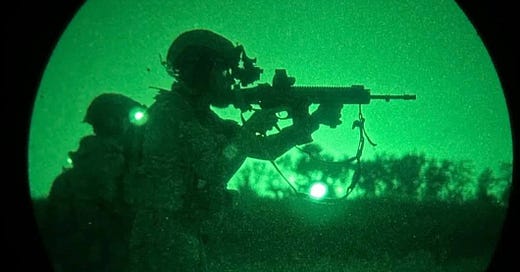




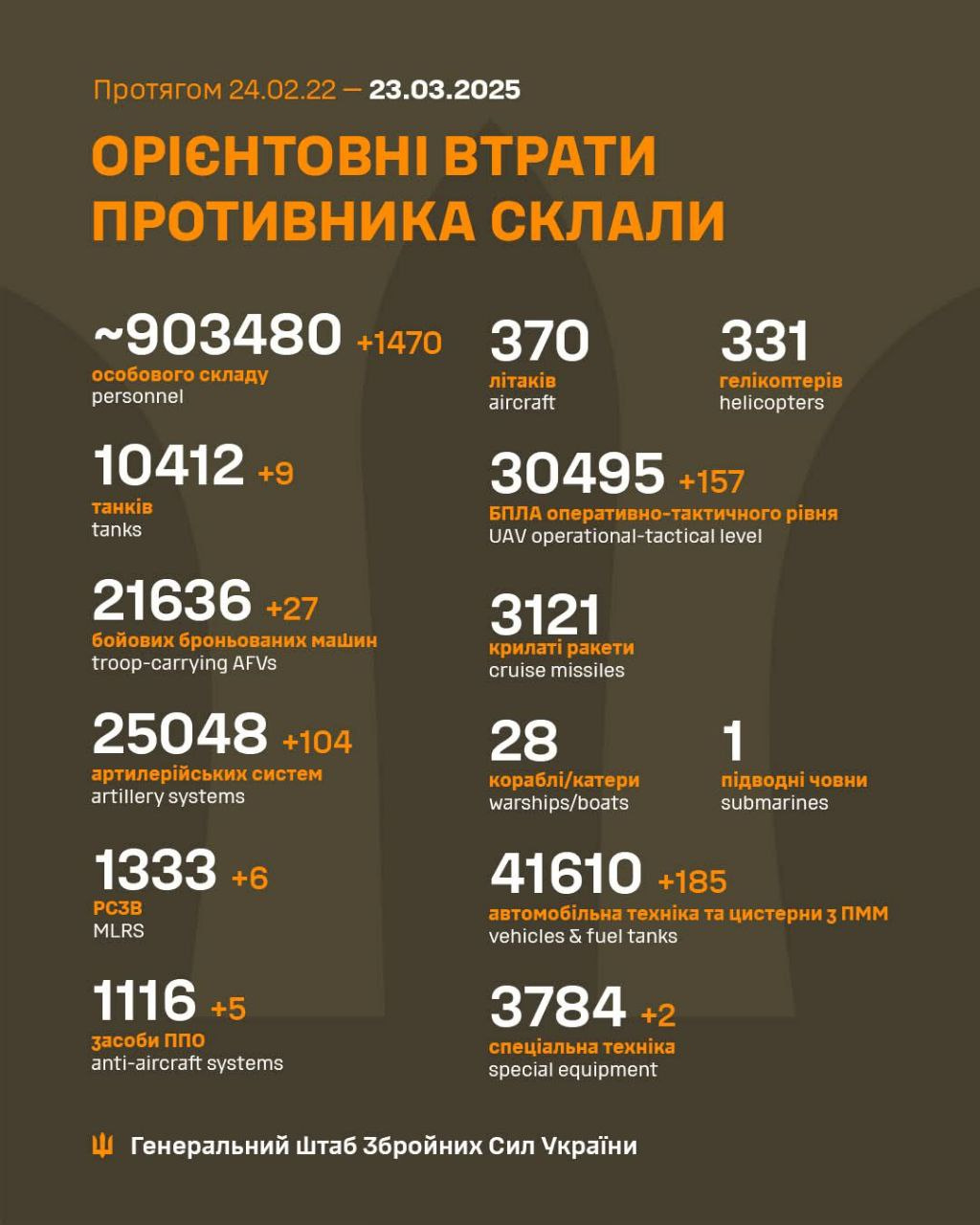
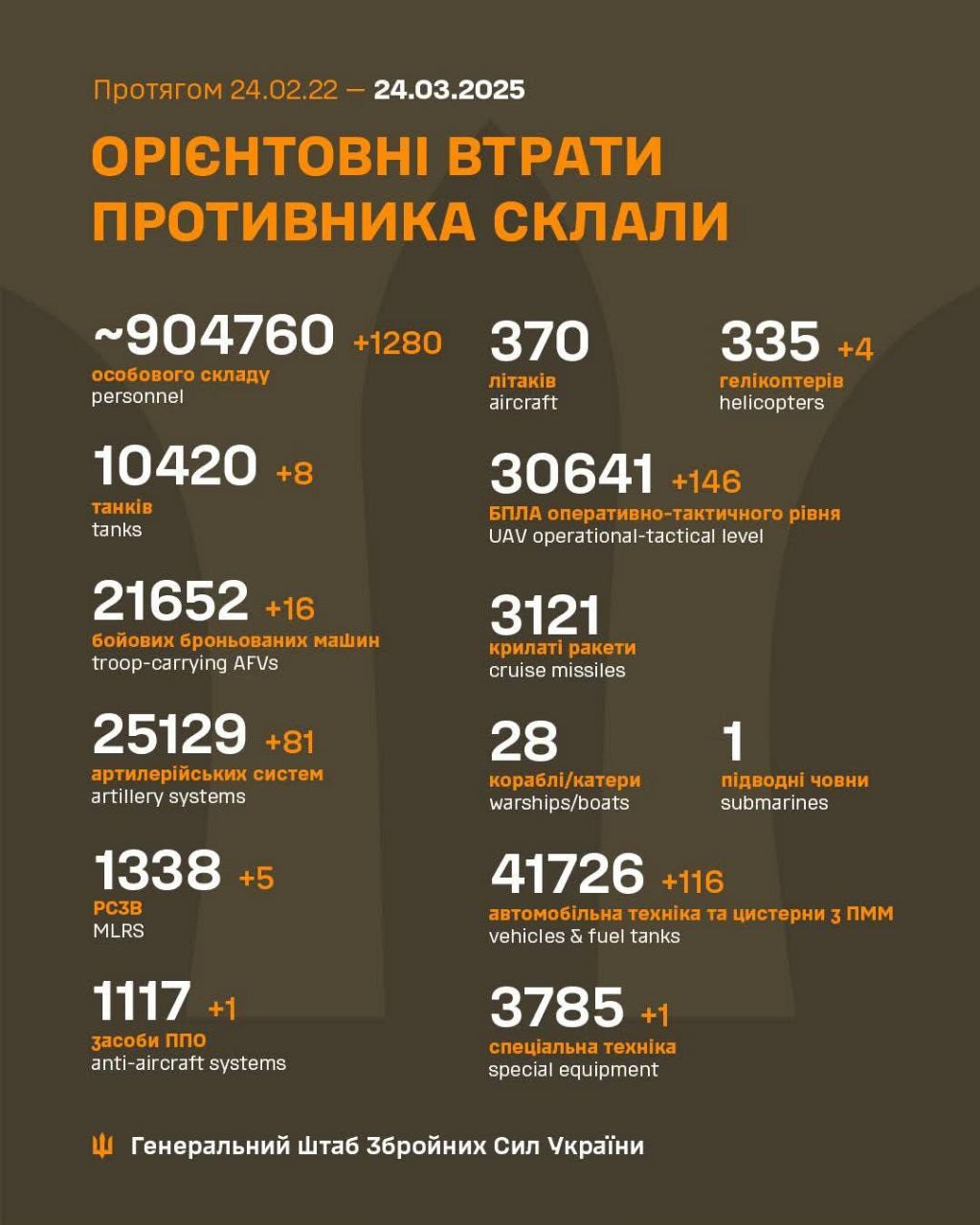
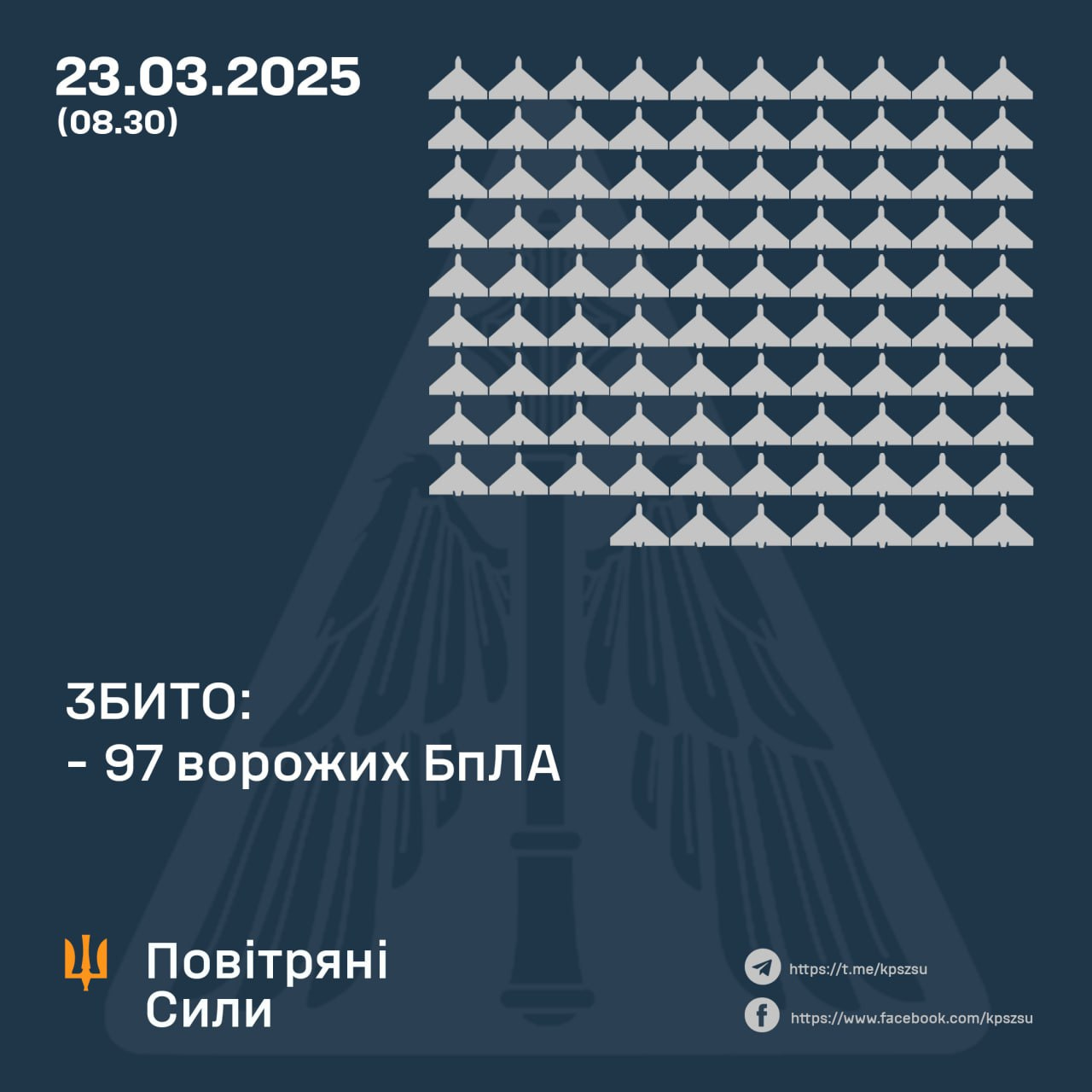


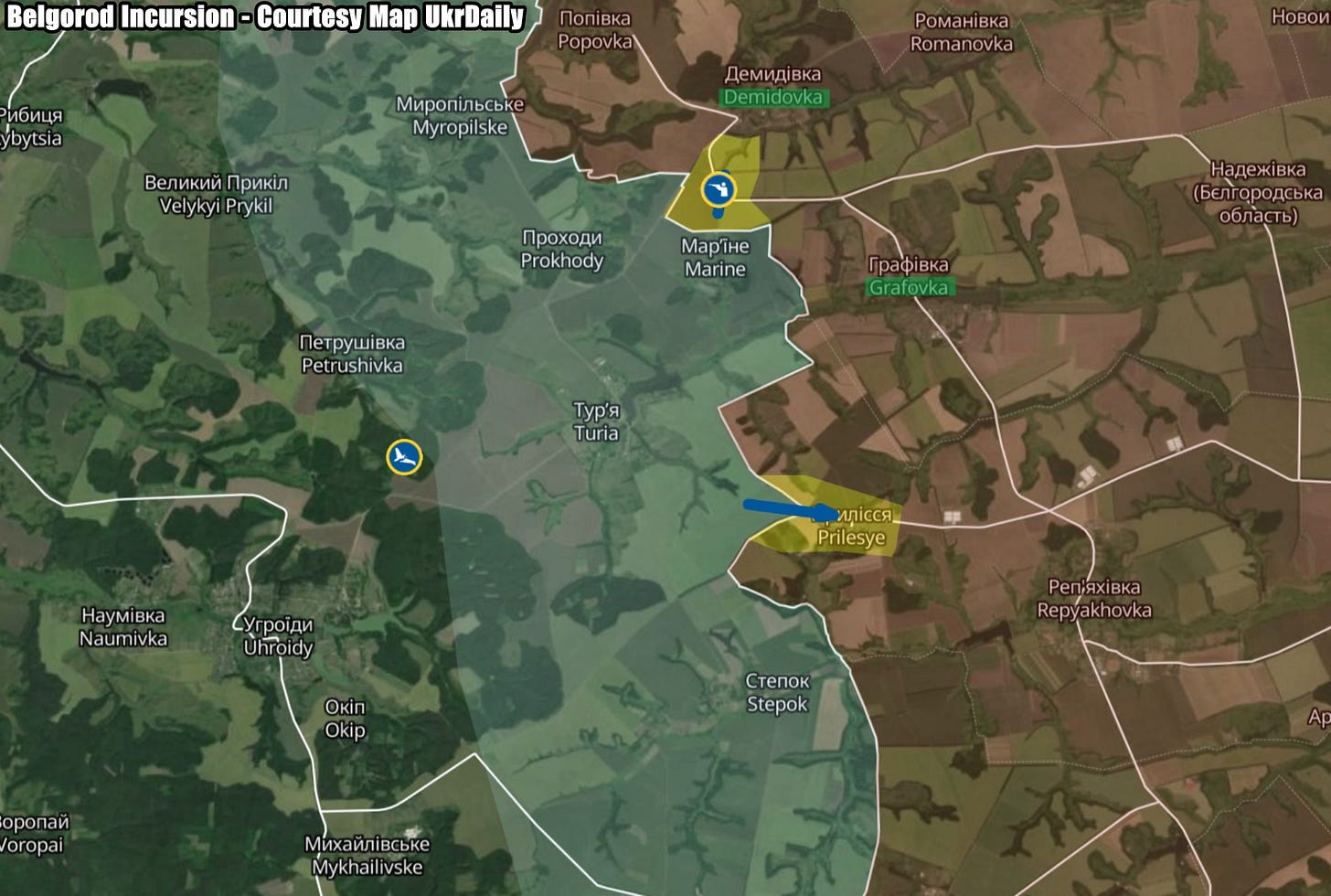
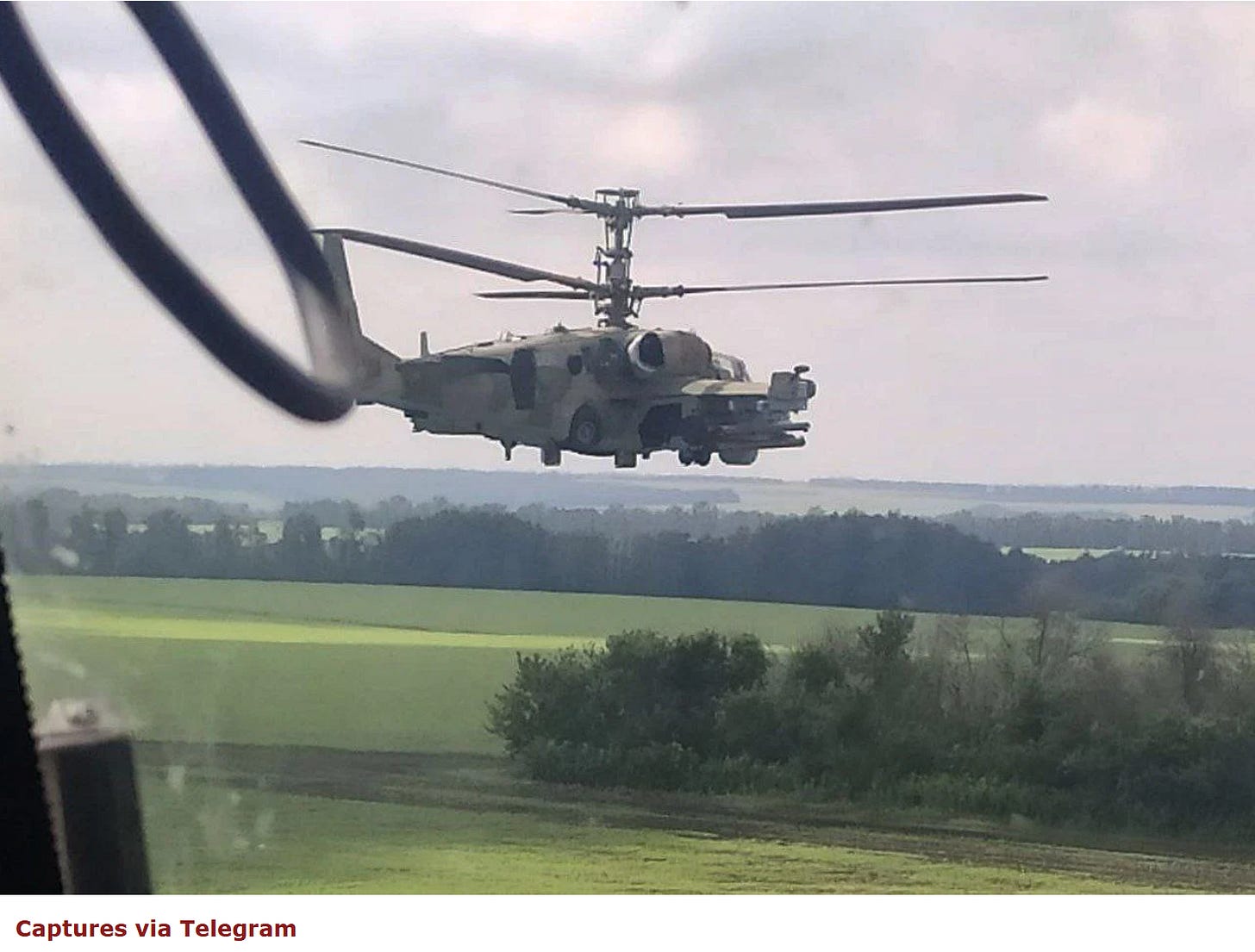

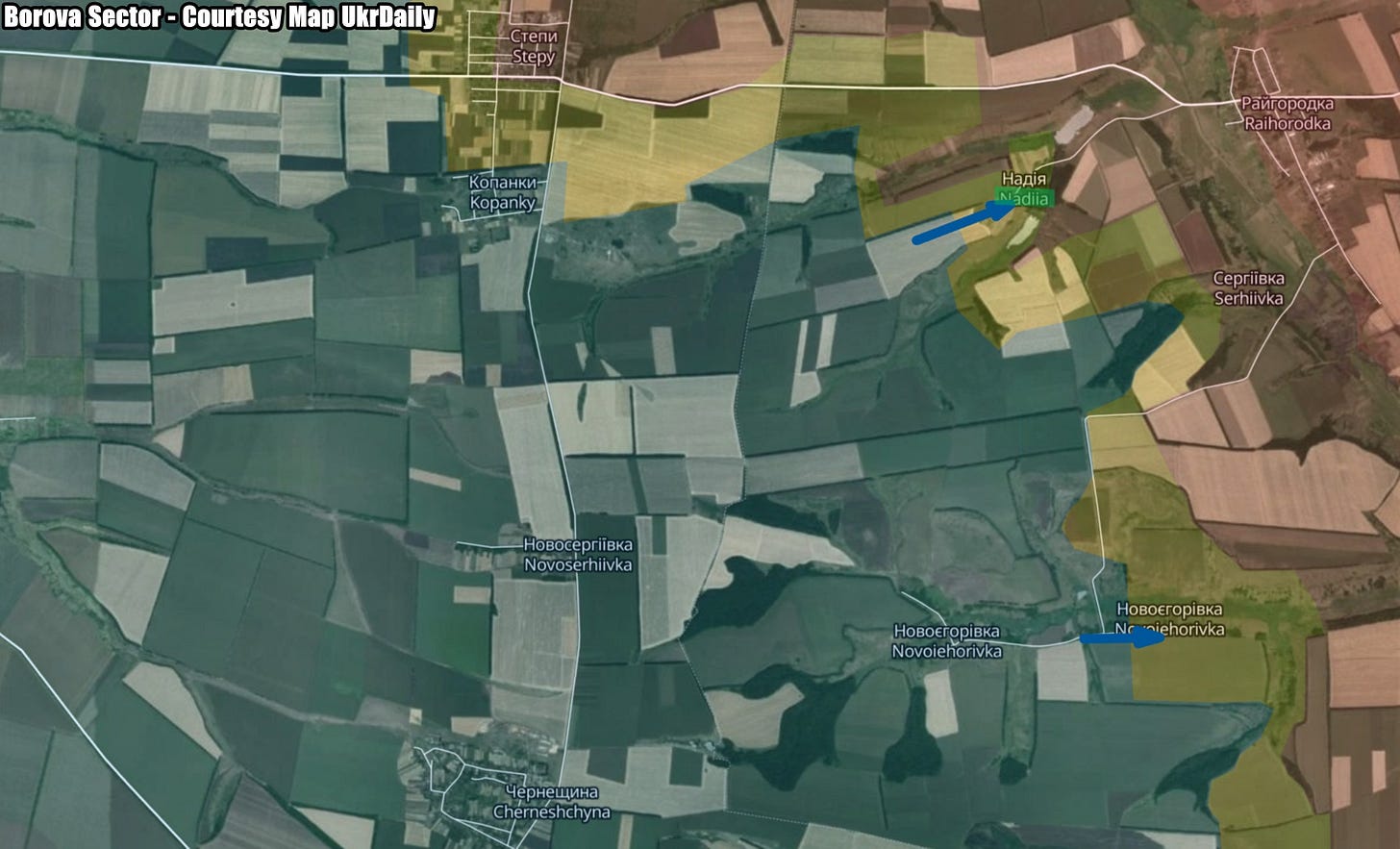

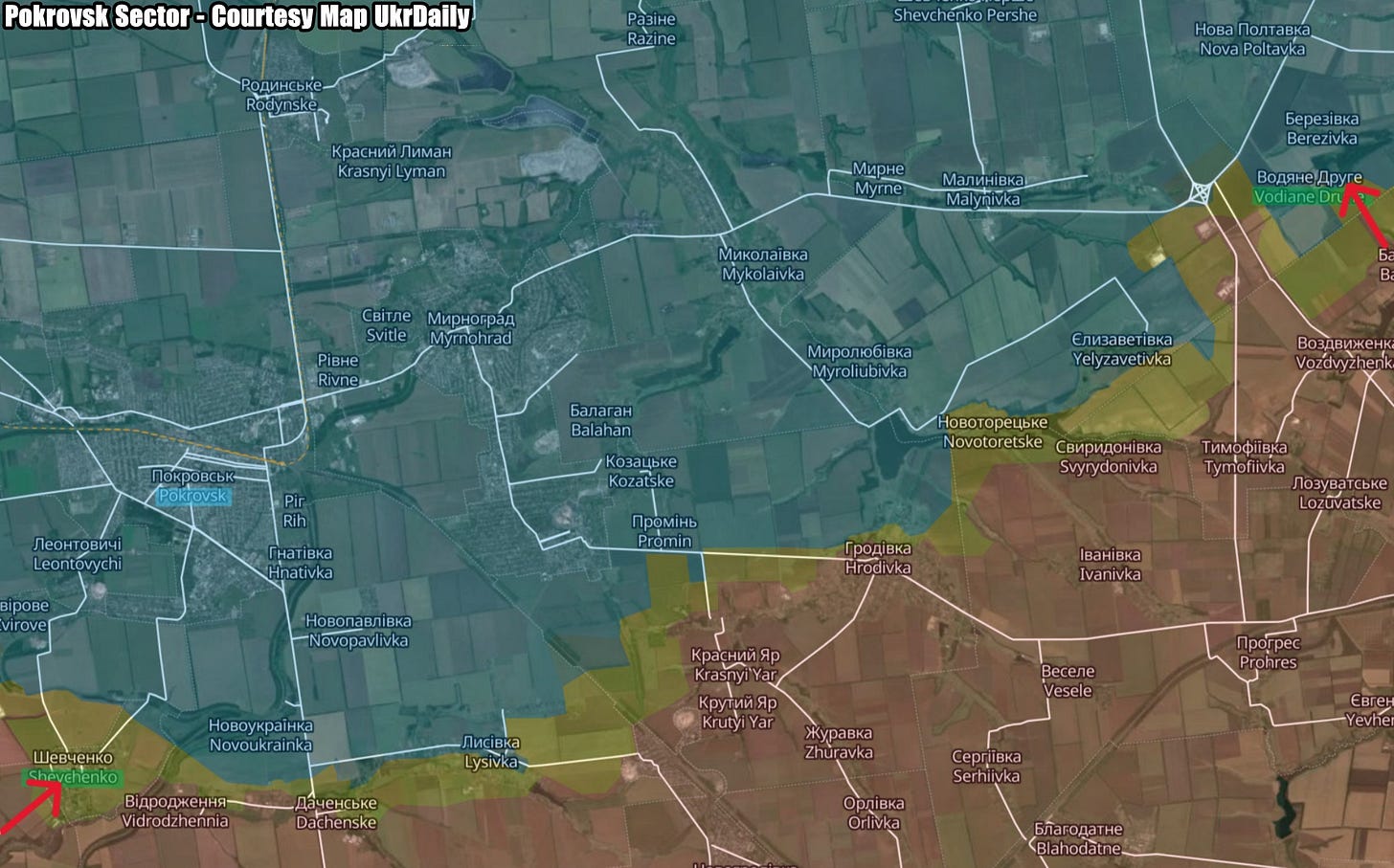

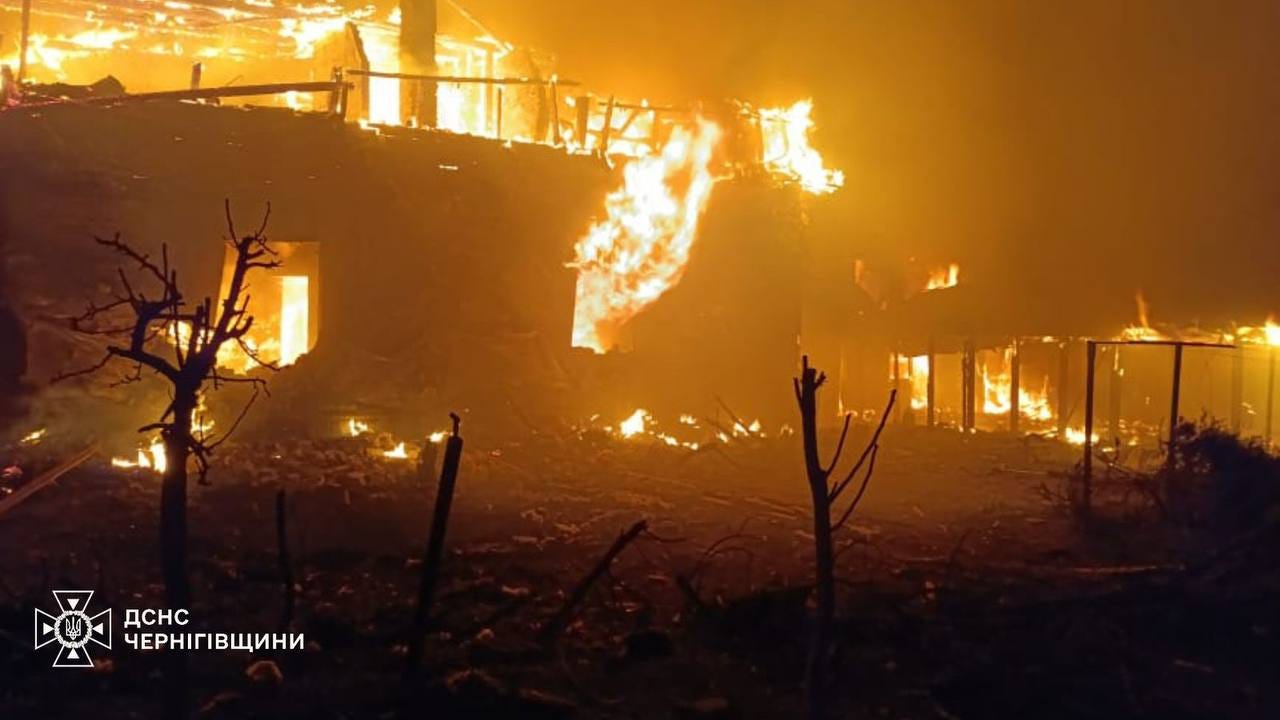
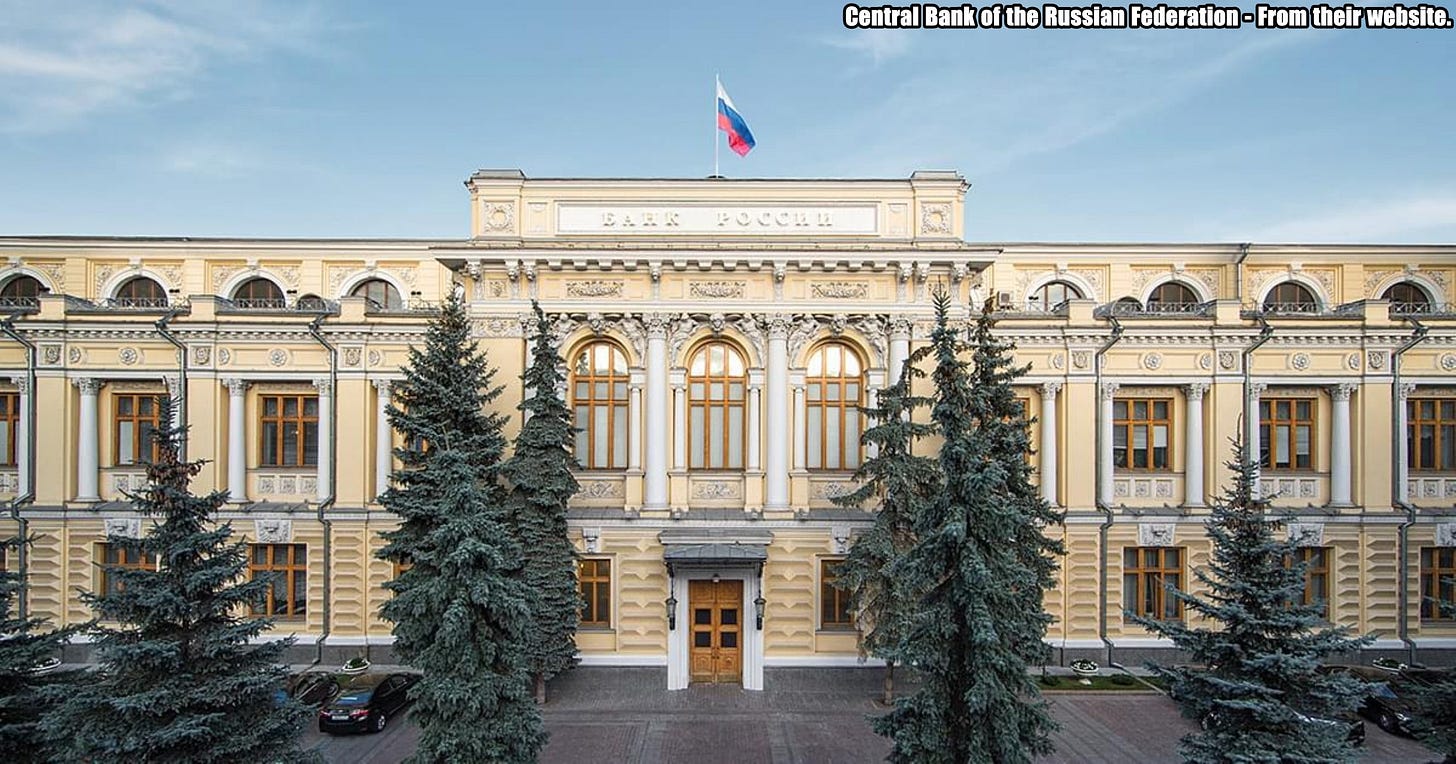

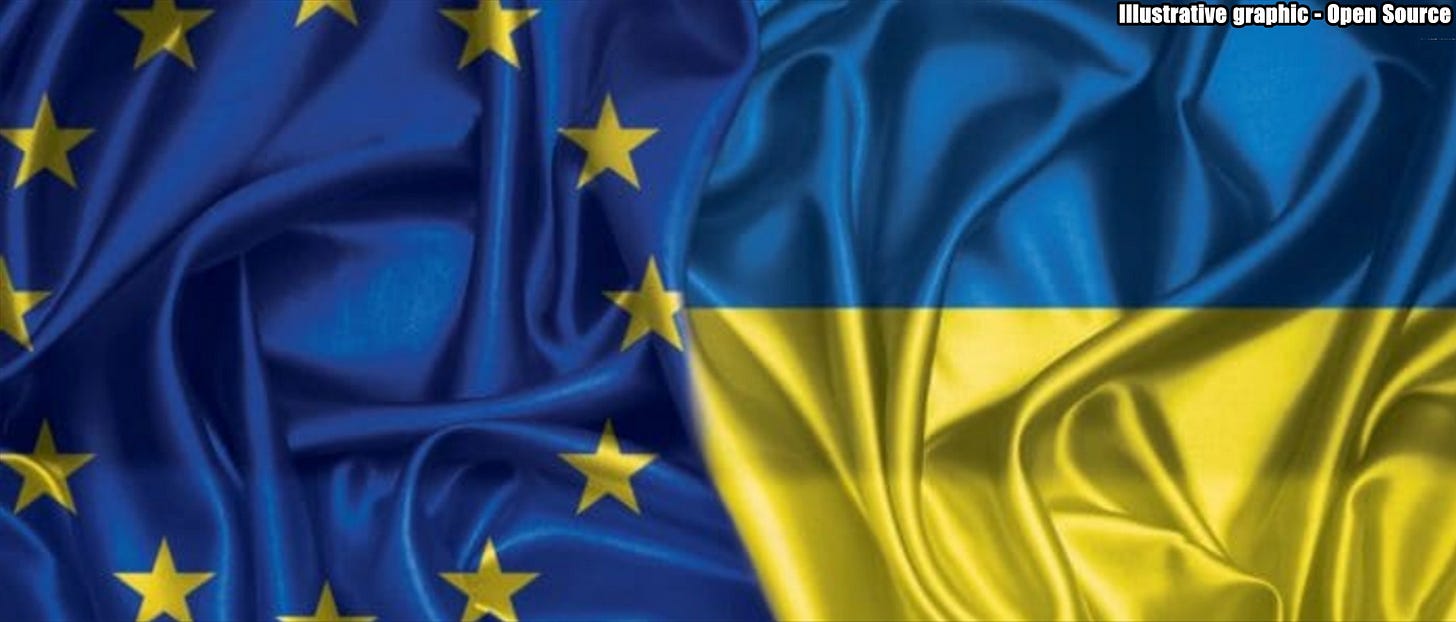



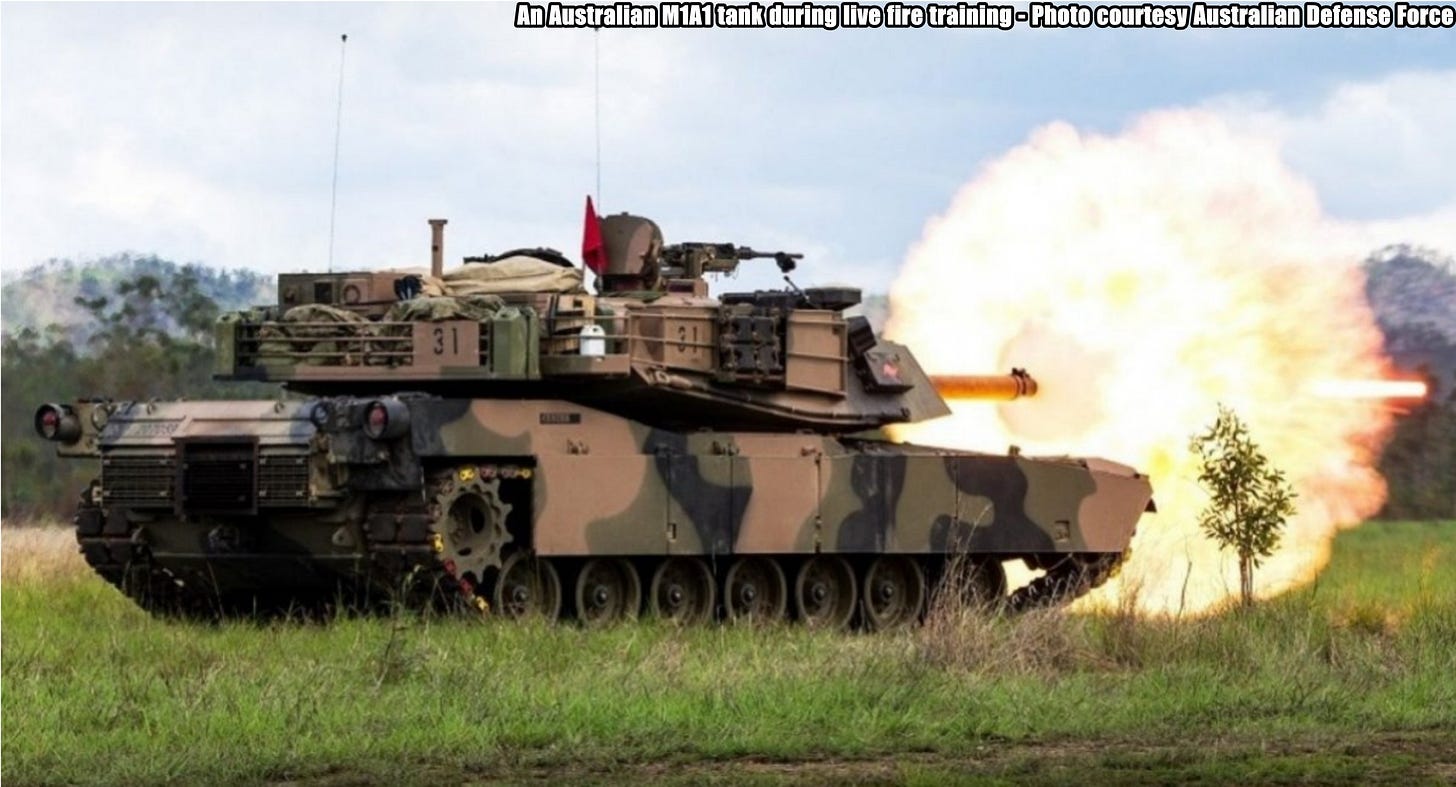
Thank you, Grumpy for the excellent compilation. Sorry, with so many excellent pieces to read, time is limited.